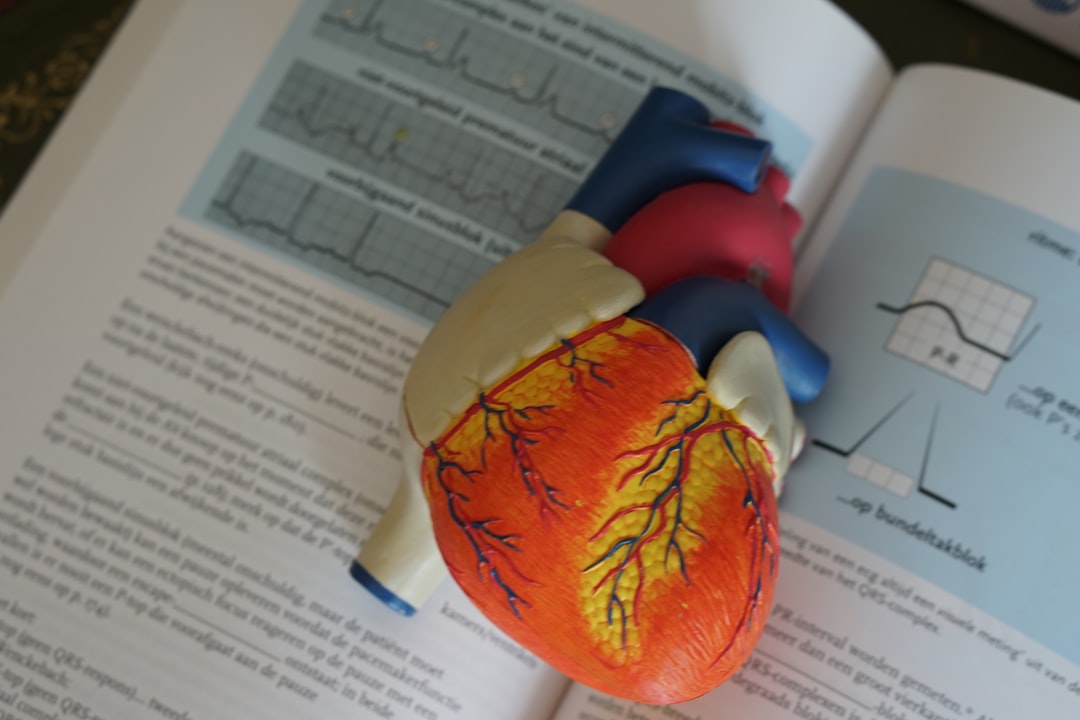What is it about?
Researchers developed a system to predict kidney transplant candidates' risk of cardiac death after transplant. They screened patients using clinical factors and then gave high-risk patients cardiac stress tests. This two-step "expert system" had 78% accuracy. Adding a neural network analysis of clinical data and stress test results created an "expert network" with 89% accuracy by better identifying low-risk patients. The neural network improved the expert system's specificity from 77% to 90%.
Featured Image

Photo by Robina Weermeijer on Unsplash
Why is it important?
This article demonstrates a novel approach to integrating different AI techniques - an expert system and a neural network - to improve the prediction of medical outcomes. The hybrid "expert network" model was more accurate at cardiac risk stratification for kidney transplant candidates than either method alone. This shows the potential of combining AI methods to enhance predictive accuracy in a clinical setting. The model could help optimize the selection of transplant recipients and improve outcomes.
Perspectives
This is the first study showing that an expert system and neural network can be combined synergistically to improve prognostic ability in a common clinical scenario significantly. Fine-tuning and validating the network architecture took an immense amount of time and effort. We're proud to have demonstrated a practical use of AI that may someday help clinicians make better decisions at the bedside. There is clearly room for improvement, particularly with integrating more variables and training the network on larger datasets. But this is an encouraging start that we hope spurs further research into hybrid AI systems for risk modeling in medicine.
Thomas F Heston MD
University of Washington
Read the Original
This page is a summary of: Cardiac Risk Stratification in Renal Transplantation Using a Form of Artificial Intelligence, The American Journal of Cardiology, February 1997, Elsevier,
DOI: 10.1016/s0002-9149(96)00778-3.
You can read the full text:
Resources
Contributors
The following have contributed to this page










